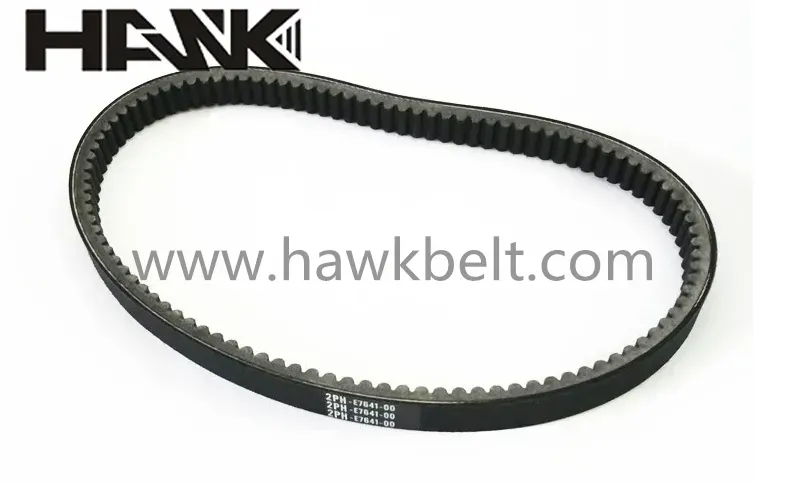- Arabic
- French
- Russian
- Spanish
- Portuguese
- Turkish
- Armenian
- English
- Albanian
- Amharic
- Azerbaijani
- Basque
- Belarusian
- Bengali
- Bosnian
- Bulgarian
- Catalan
- Cebuano
- Corsican
- Croatian
- Czech
- Danish
- Dutch
- Afrikaans
- Esperanto
- Estonian
- Finnish
- Frisian
- Galician
- Georgian
- German
- Greek
- Gujarati
- Haitian Creole
- hausa
- hawaiian
- Hebrew
- Hindi
- Miao
- Hungarian
- Icelandic
- igbo
- Indonesian
- irish
- Italian
- Japanese
- Javanese
- Kannada
- kazakh
- Khmer
- Rwandese
- Korean
- Kurdish
- Kyrgyz
- Lao
- Latin
- Latvian
- Lithuanian
- Luxembourgish
- Macedonian
- Malgashi
- Malay
- Malayalam
- Maltese
- Maori
- Marathi
- Mongolian
- Myanmar
- Nepali
- Norwegian
- Norwegian
- Occitan
- Pashto
- Persian
- Polish
- Punjabi
- Romanian
- Samoan
- Scottish Gaelic
- Serbian
- Sesotho
- Shona
- Sindhi
- Sinhala
- Slovak
- Slovenian
- Somali
- Sundanese
- Swahili
- Swedish
- Tagalog
- Tajik
- Tamil
- Tatar
- Telugu
- Thai
- Turkmen
- Ukrainian
- Urdu
- Uighur
- Uzbek
- Vietnamese
- Welsh
- Bantu
- Yiddish
- Yoruba
- Zulu
Sep . 26, 2024 02:51 Back to list
tensioner belt pulley
Understanding the Tensioner Belt Pulley A Crucial Component in Automotive Systems
In the realm of automotive engineering, precision and reliability are essential for optimal vehicle performance. One of the key components that contribute to these aspects is the tensioner belt pulley. Despite its relatively small size, the tensioner belt pulley plays a critical role in the functioning of an engine's accessory belts, helping to ensure smooth operation and longevity of various engine parts.
What is a Tensioner Belt Pulley?
The tensioner belt pulley is part of the belt tensioning system in an automotive engine. Its primary purpose is to maintain the correct tension on serpentine belts (or drive belts) that connect various components such as the alternator, power steering pump, air conditioning compressor, and water pump. These components are vital for the car's functionality, providing power and coolant circulation essential for maintaining engine performance and comfort features.
Typically, a tensioner belt pulley is mounted on a spring-loaded tensioner, allowing it to adjust automatically in response to belt wear or stretching. This self-adjusting feature ensures that the belt maintains optimal tension, preventing slip and inefficiency. When the pulley is functioning properly, it minimizes wear and tear on the belt and prolongs the lifespan of all connected components.
The Importance of Tension in Drive Systems
The tension in a drive belt system is crucial for several reasons. First, the correct tension ensures that the belt effectively transfers power from the engine's crankshaft to the accessory components. If the tension is too loose, the belt may skip or slip, leading to inadequate performance of the connected devices. For example, if the alternator does not receive enough power, it may fail to recharge the battery, leaving the vehicle stranded. Conversely, if the tension is too tight, it can cause excessive wear on the belt and overload the bearings of the driven components, leading to premature failures.
Signs of a Failing Tensioner Belt Pulley
Like any mechanical component, the tensioner belt pulley is subject to wear and tear over time. Identifying early signs of failure can save drivers from more significant issues in the long run. Common indicators of a failing tensioner include
tensioner belt pulley

1. Unusual Noises A squeaking, chirping, or grinding noise while the engine runs can signal that the pulley bearing is worn out or that the belt is slipping. 2. Belt Wear Visible cracks, fraying, or glazing on the belt may suggest improper tension due to a malfunctioning tensioner.
3. Engine Warning Light In modern vehicles, failure of a belt system can trigger the engine warning light, prompting drivers to investigate further.
4. Poor Performance of Accessories A decline in power steering assistance or fluctuations in air conditioning performance may indicate that the tensioner is not operating correctly.
Maintenance and Replacement
Regular maintenance of the tensioner belt pulley and the entire belt system is vital for vehicle reliability. Most manufacturers recommend inspecting the serpentine belts and tensioners during routine oil changes or at least once a year.
When replacing a tensioner belt pulley, it’s essential to consider using quality aftermarket or OEM parts to ensure compatibility and performance. Professional mechanics often recommend replacing the entire tensioner system rather than just the pulley, as it ensures that all components function harmoniously.
Conclusion
Understanding the role of the tensioner belt pulley highlights its significance in maintaining vehicle performance and efficiency. Regular inspections and timely replacements can prevent costly repairs and ensure a smooth driving experience. As automotive technology continues to evolve, the humble tensioner belt pulley remains a steadfast ally in the pursuit of reliable and efficient engine operation. By acknowledging and caring for this essential component, drivers can enjoy safer and more reliable journeys on the road.
-
Upgrade Power Steering Pump Belt for Smooth, Quiet Operation
NewsAug.27,2025
-
Precision Timing Belt & Chain: Engine Performance & Durability
NewsAug.26,2025
-
Precision Lathe Drive Belts: Durable & Reliable Performance
NewsAug.25,2025
-
84.5 Serpentine Belt: Durable & Precision Fit for Your Engine
NewsAug.24,2025
-
Premium Ribbed Drive Belts for Quiet Power Transmission
NewsAug.23,2025
-
High-Performance Vehicle Timing Belt for Engine Precision
NewsAug.22,2025

